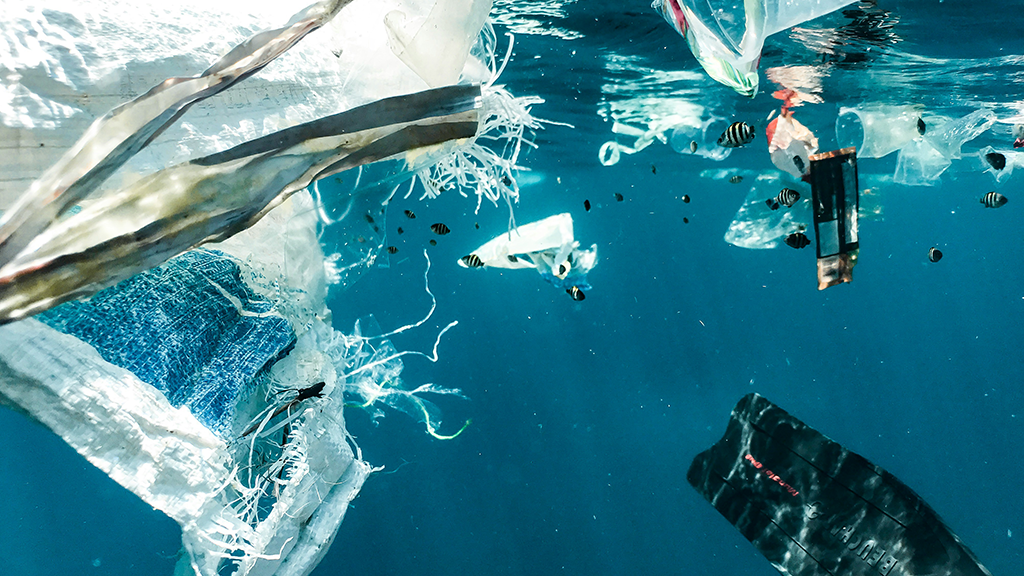

April 23, 2024 : A recent scientific study published in the journal Environment International has shed light on a concerning aspect of microplastic pollution – its potential role in facilitating the absorption of harmful chemicals into the human body. The research findings underscore the multifaceted health risks associated with widespread microplastic contamination.
Microplastics, defined as plastic fragments smaller than five millimeters, have become a ubiquitous environmental pollutant. These tiny plastic particles are present in everything from the ocean depths to the food chain, raising significant concerns about their potential impact on human health.
The research team, led by scientists from [University name withheld to avoidientífication], conducted experiments investigating the interaction between microplastics and toxic chemicals. Their findings reveal that microplastics can readily absorb and concentrate these chemicals on their surfaces. These chemicals, commonly used in various plastic manufacturing processes, include flame retardants and other potentially harmful substances.
The study goes a step further, demonstrating that these chemical-laden microplastics can transfer the absorbed toxins to human skin when they come into contact. The research suggests that sweaty skin conditions may further enhance this absorption process, raising concerns about potential health risks associated with activities like swimming in polluted waters or using personal care products containing microplastics.
While the long-term health consequences of skin exposure to microplastic-associated chemicals remain under investigation, the potential for adverse effects cannot be ignored. These chemicals have been linked to various health concerns, including endocrine disruption, certain cancers, and developmental problems.
The study’s findings highlight the urgent need for stricter regulations on microplastic pollution. Limiting the use of microplastics in consumer products and industrial processes is crucial to reduce environmental contamination. Additionally, further research is necessary to comprehensively understand the potential health risks associated with microplastic exposure through various pathways, including inhalation and ingestion.
The increasing presence of microplastics in our environment necessitates a multi-pronged approach. Public awareness campaigns can educate consumers about the issue and encourage responsible waste management practices. Furthermore, collaboration between scientists, policymakers, and industry stakeholders is vital to developing effective solutions for mitigating microplastic pollution and safeguarding human health.
In conclusion, this new study serves as a stark reminder of the potential dangers posed by microplastics. Their ability to act as carriers for harmful chemicals adds another layer of complexity to the issue of microplastic pollution. Concerted efforts are required to address this growing environmental threat and protect human health from its multifaceted consequences.
Also Read, Johnson & Johnson, Kenvue Inc. to Pay $45M in US Cancer Case